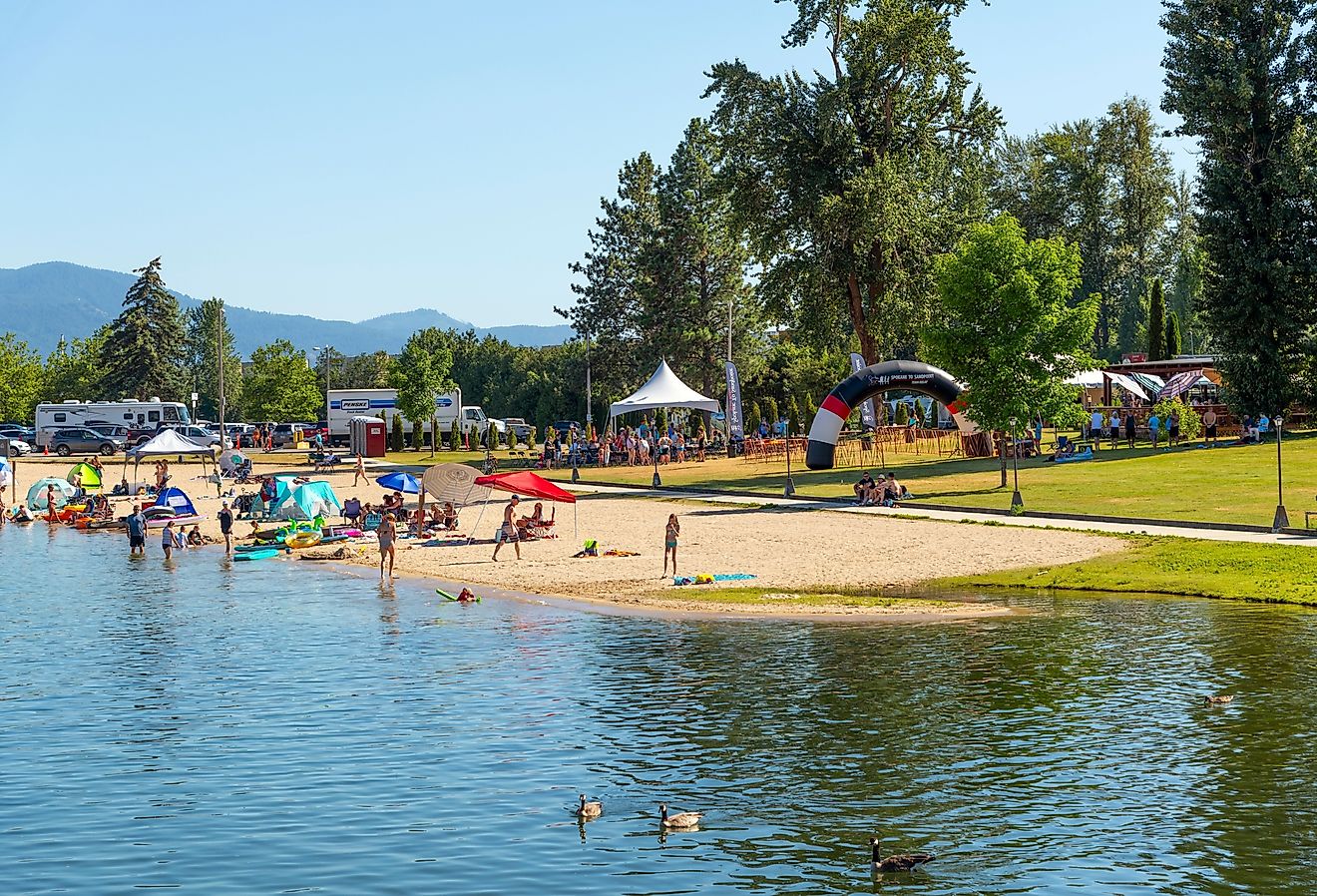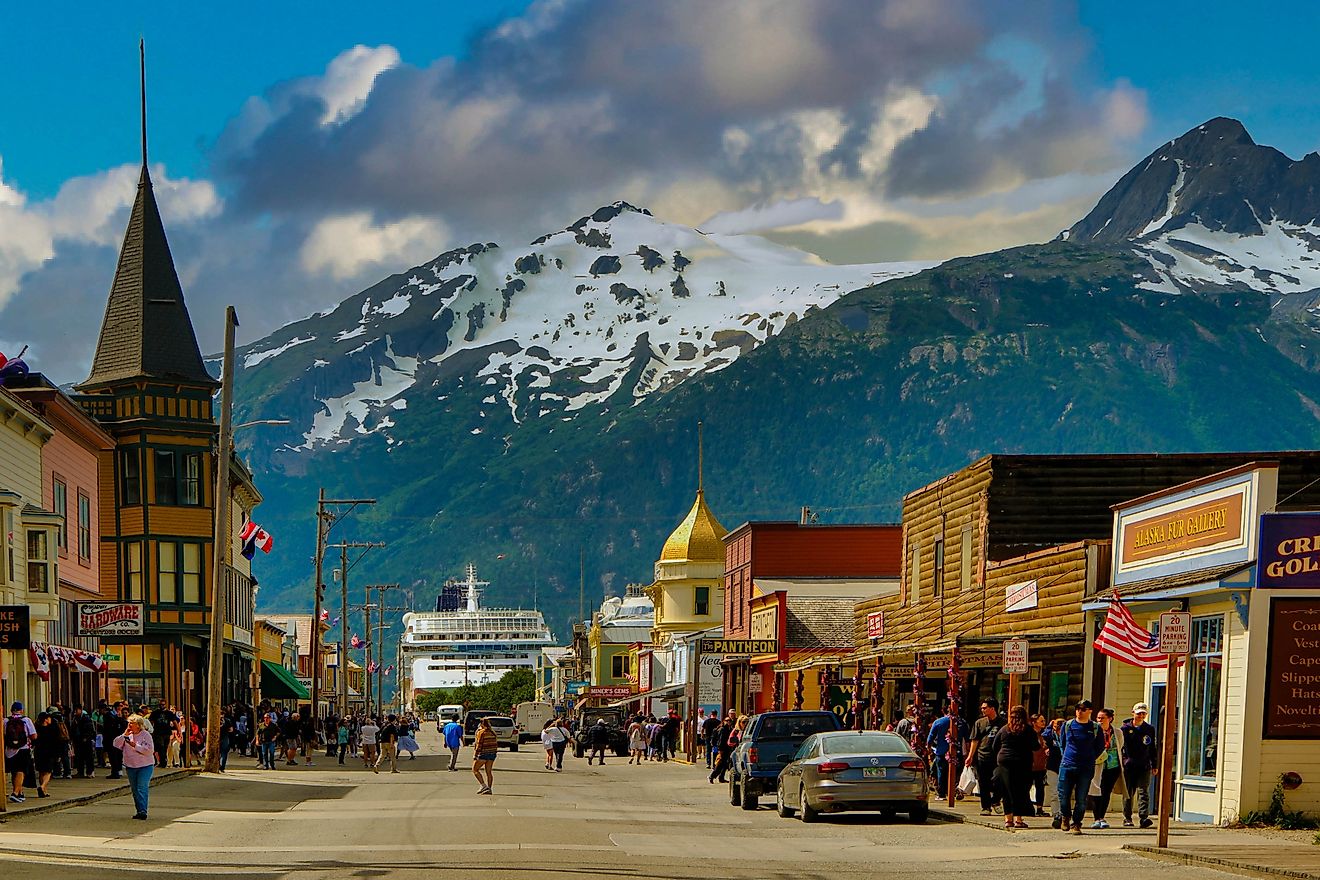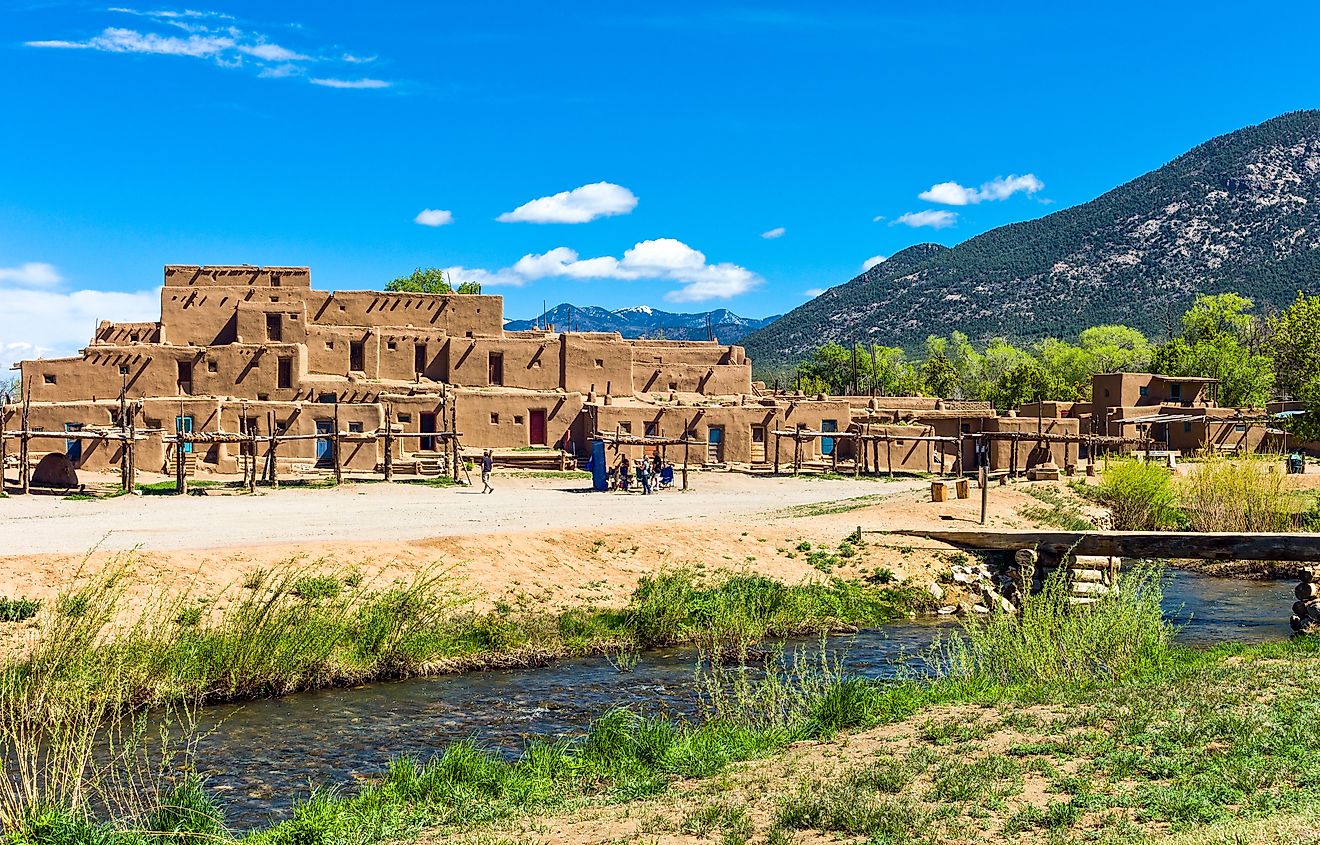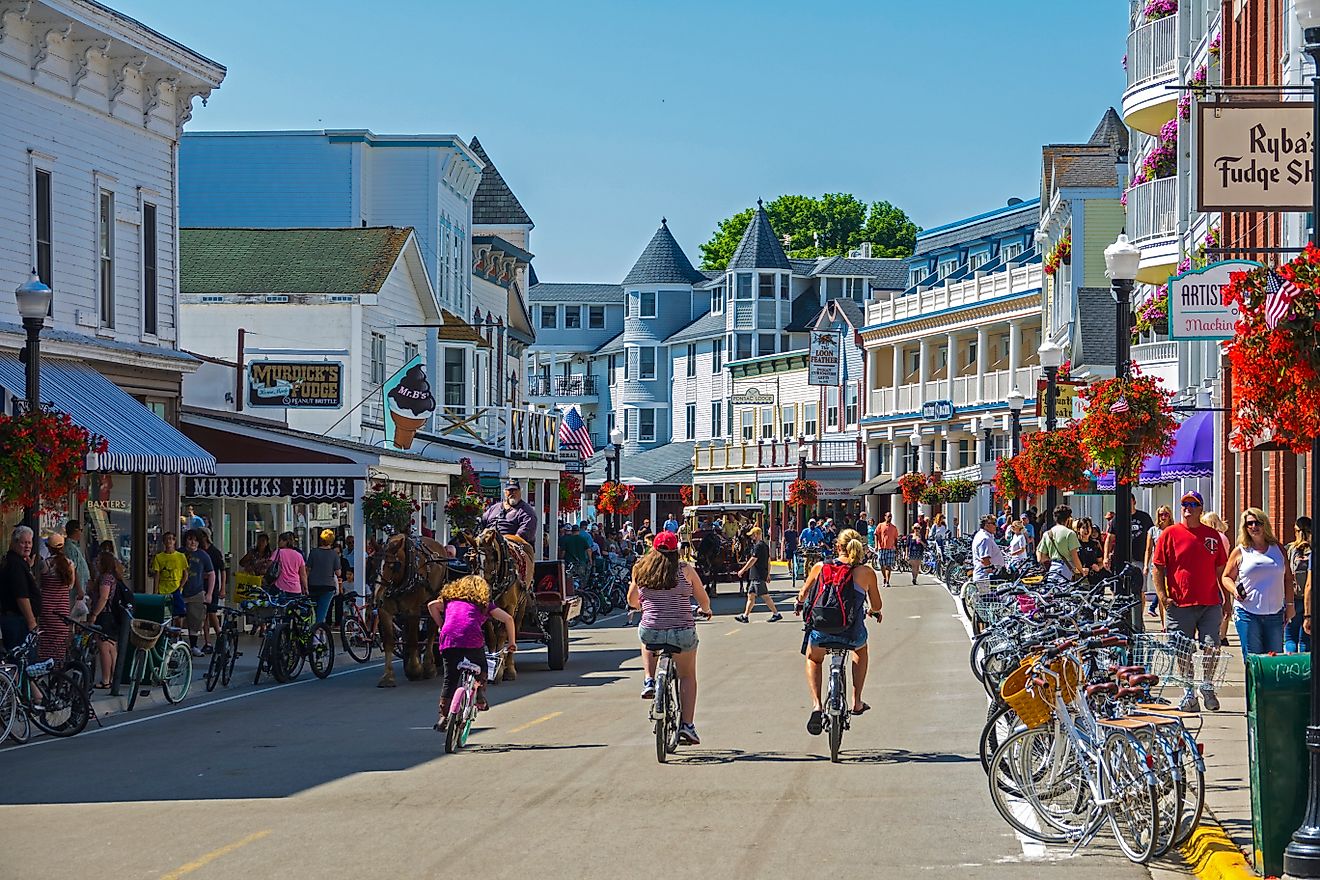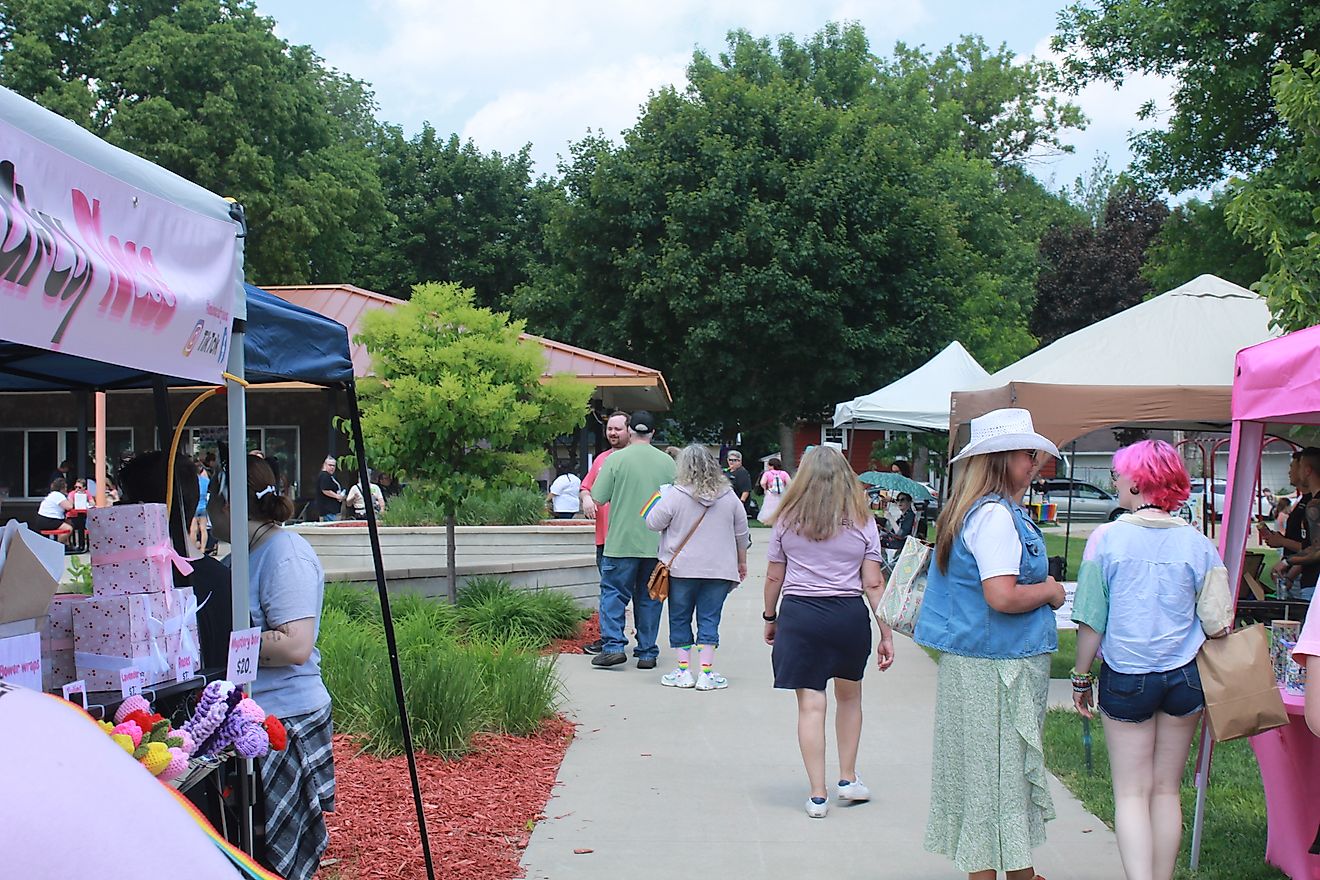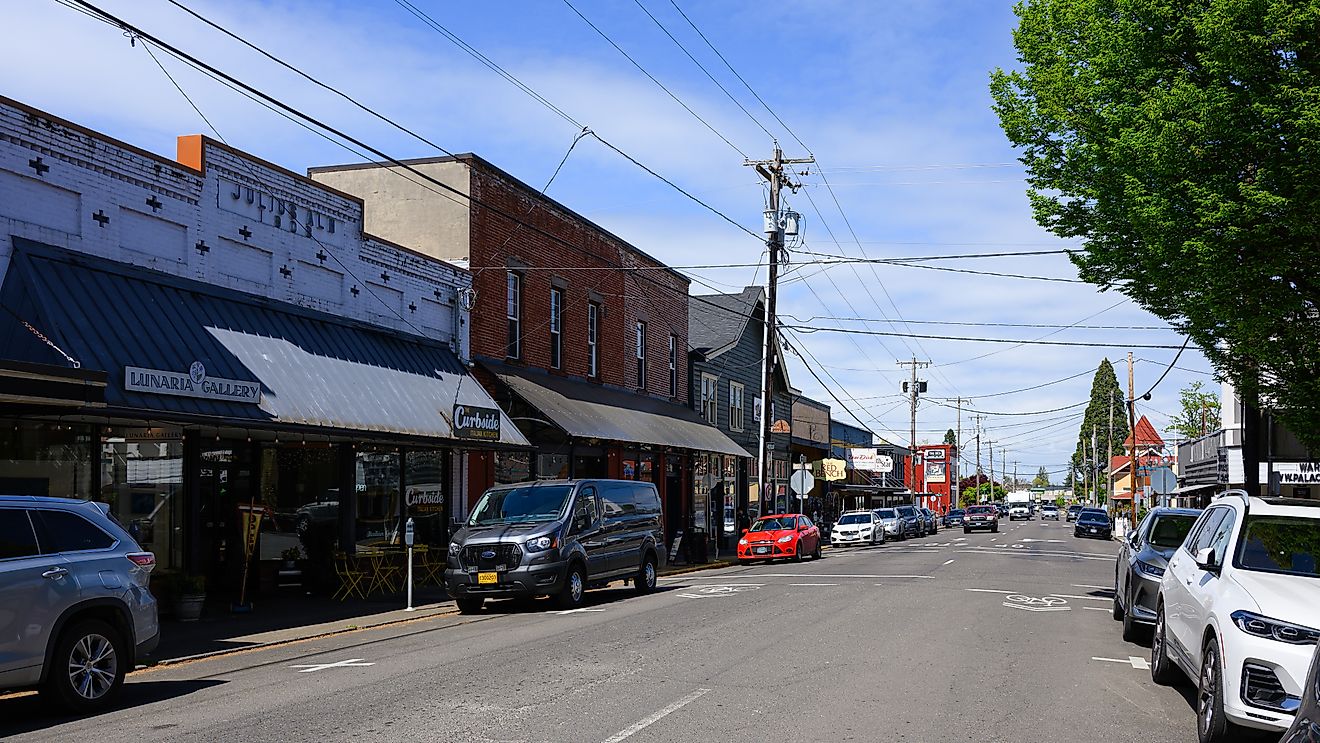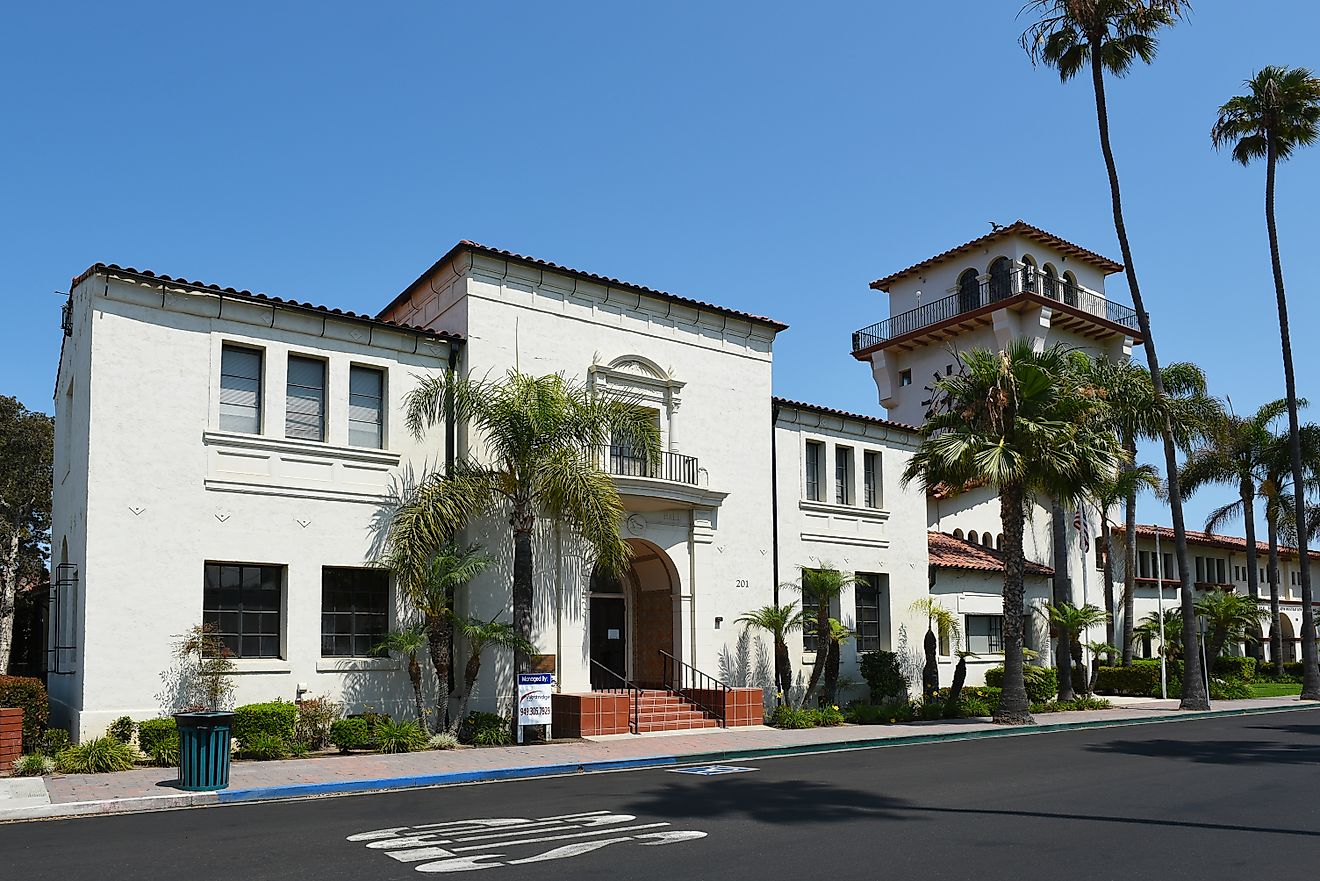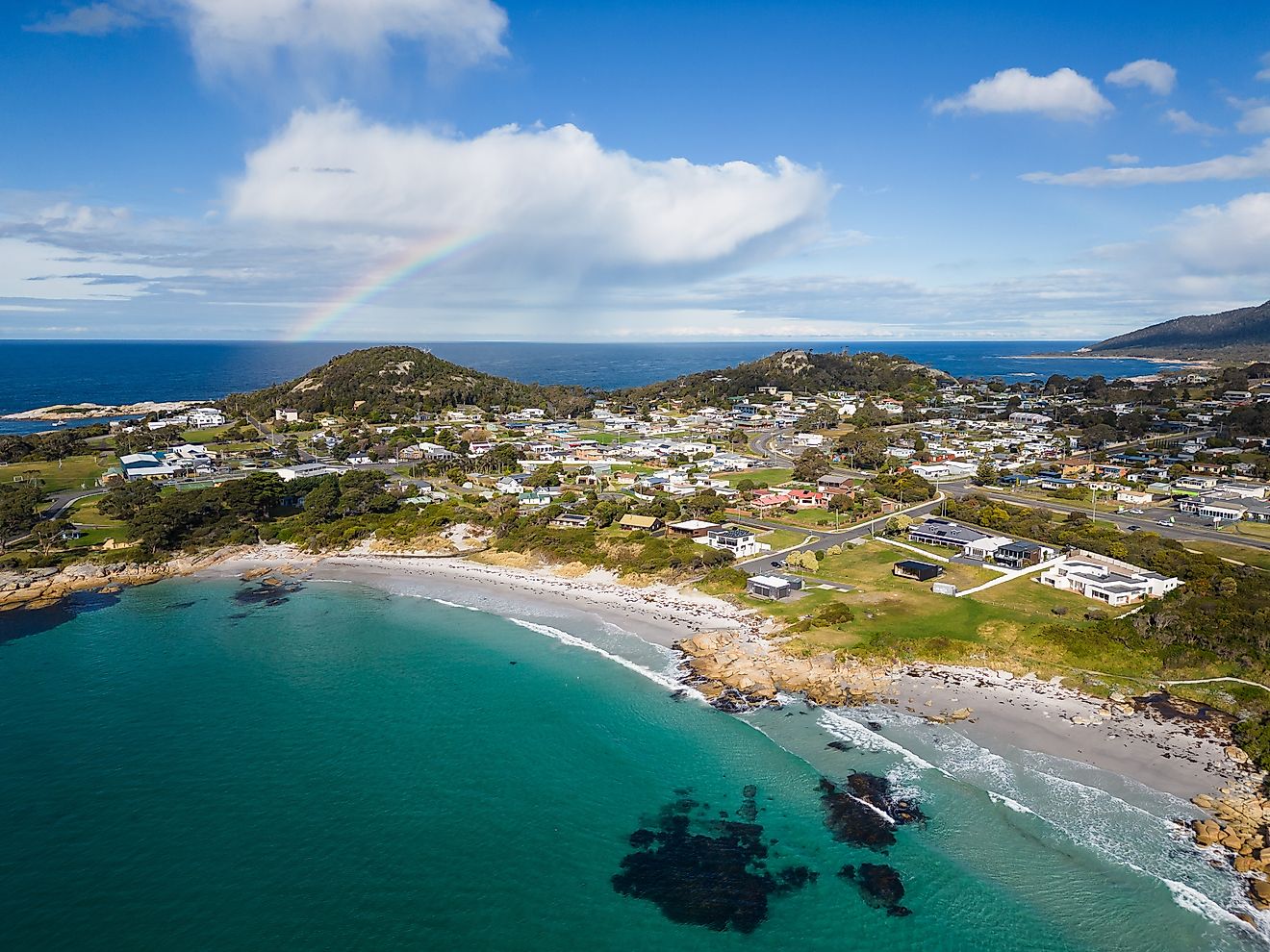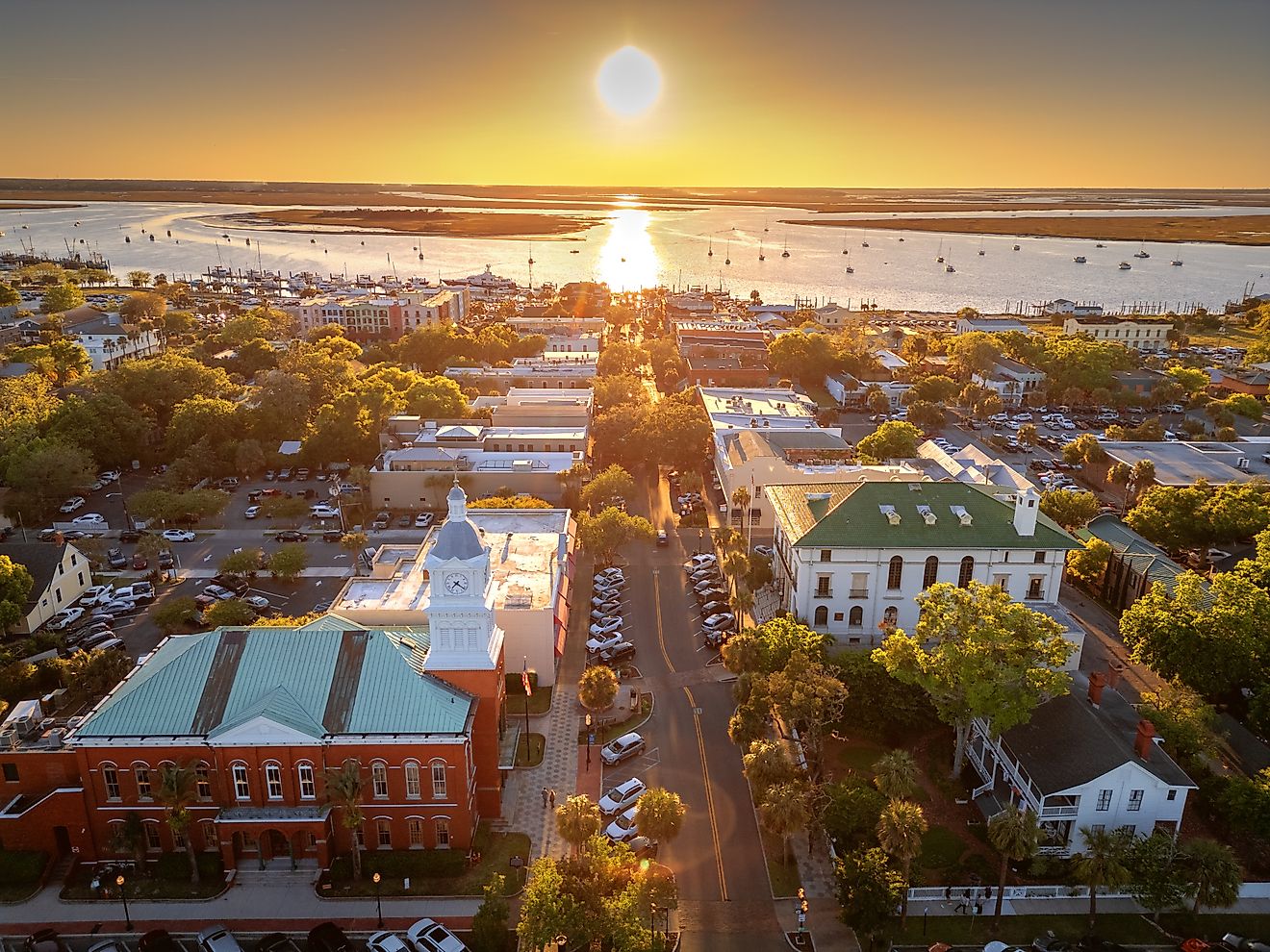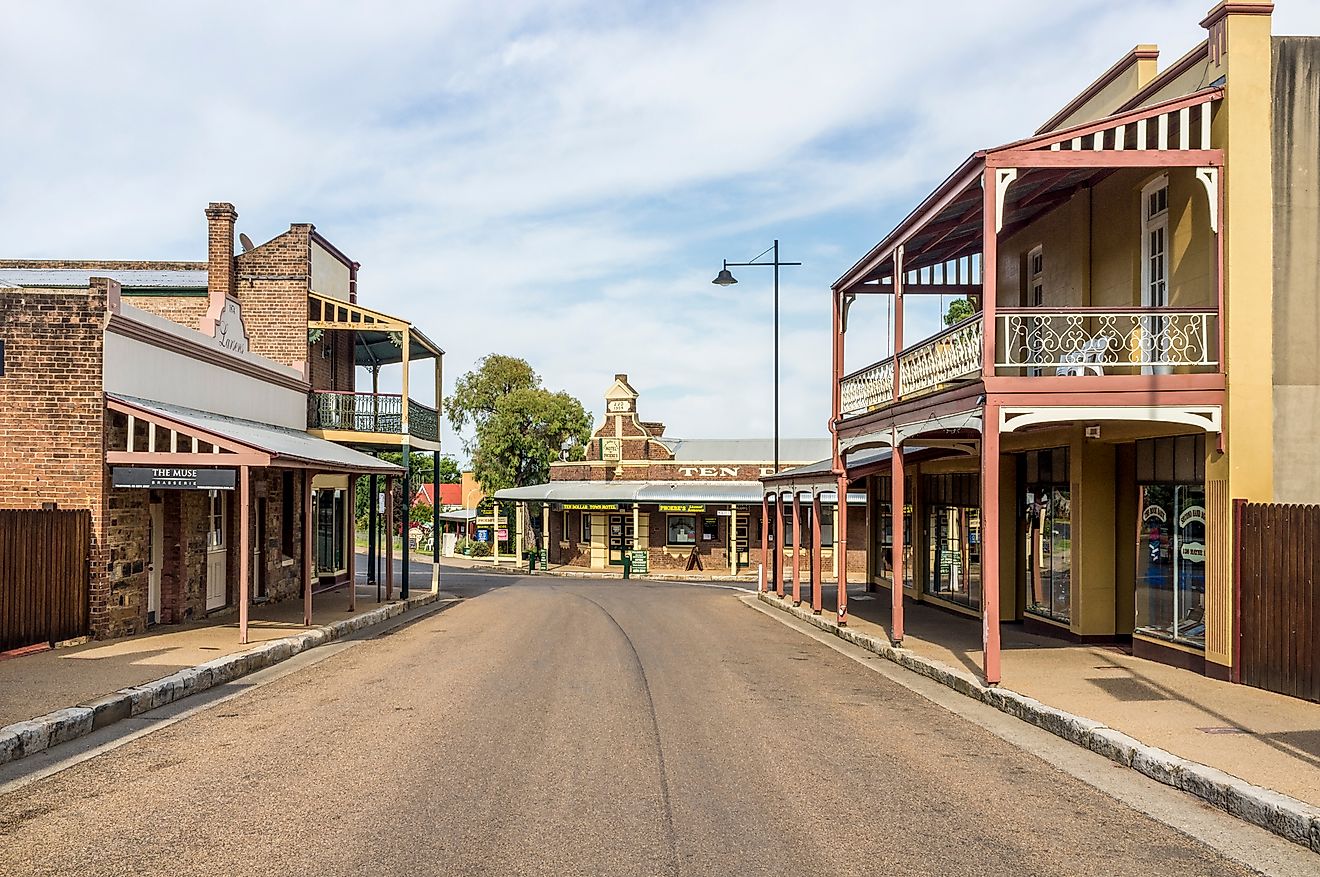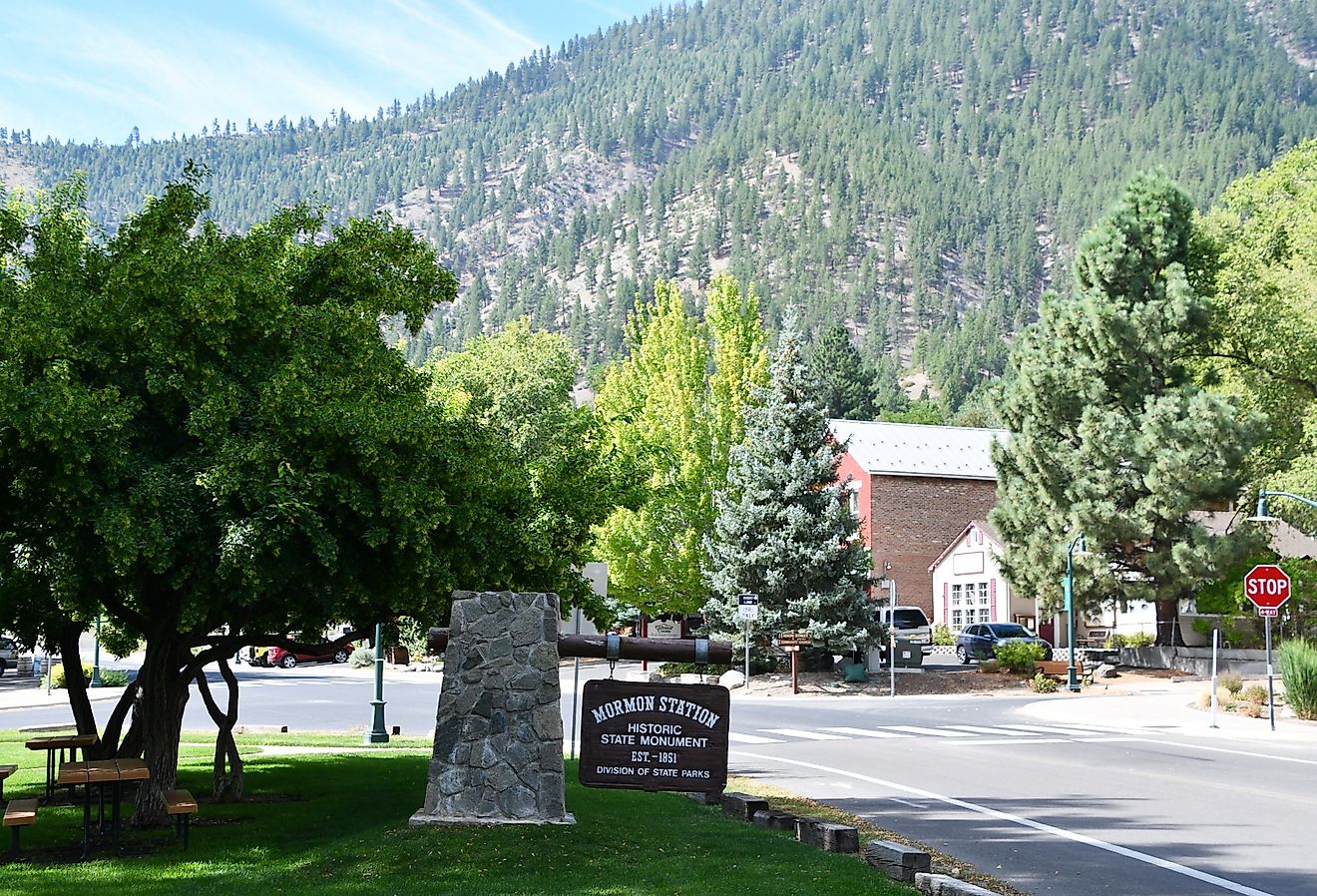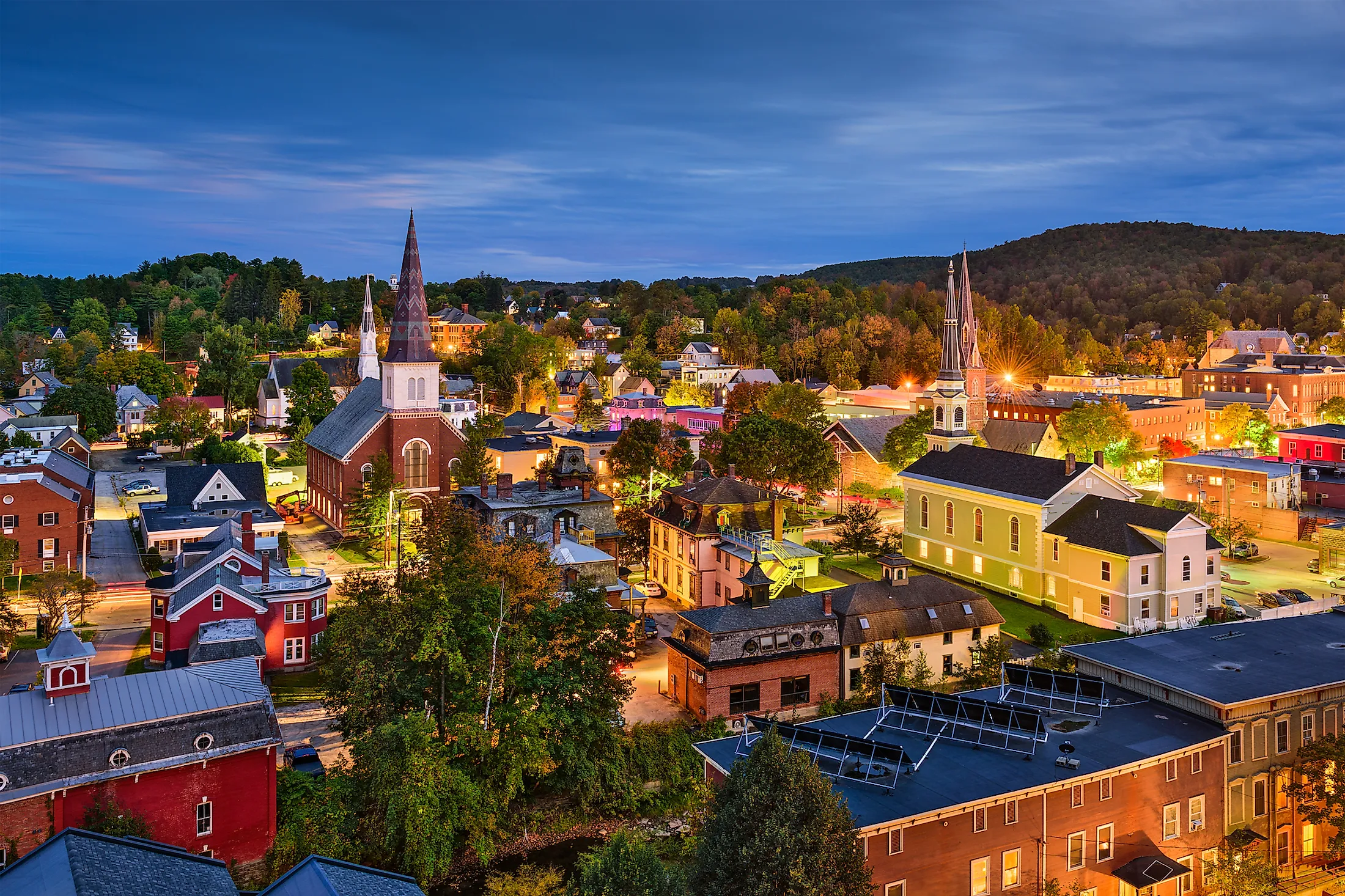
Montpelier, Capital Of Vermont
Montpelier is a small city located in Washington County in the north-central part of the US State of Vermont. Montpelier serves as the capital city of Vermont and is considered the least populous state capital in the country. In May 1787, Colonel Jacob Davis, along with General Parley Davis, arrived in the area from the town of Charlton in Massachusetts, and Colonel Davis named the city “Montpelier” after the French city of Montpellier. As the 2020 census, this small city has a population of about 8,074 inhabitants, which increases to about 21,000 people during the daytime due to the high number of people that visit the city to work in different jobs within the city limits.
Geography In Montpelier
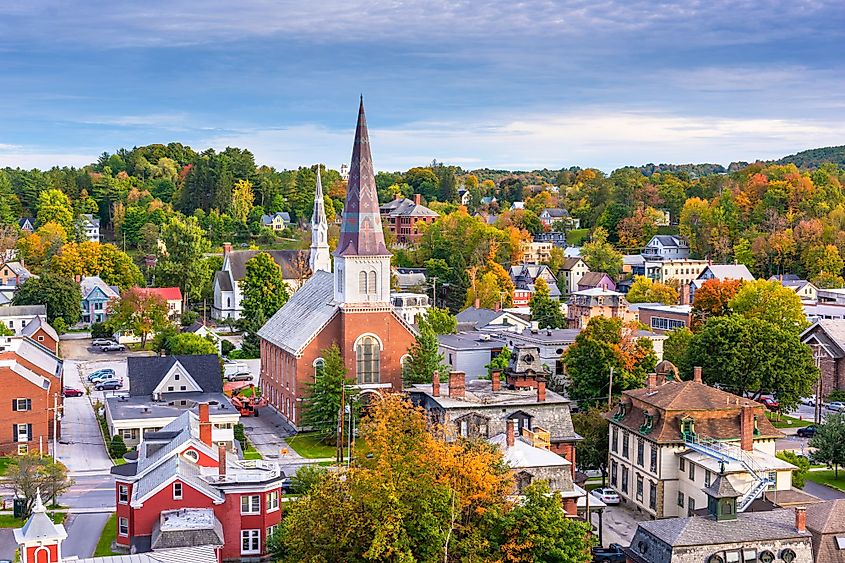
The city of Montpelier covers a total area of 26.54 sq. km, of which 0.50 sq. km is occupied by water and 26.04 sq. km is occupied by land. Montpelier is located close to the geographic center of the State of Vermont, with the Winooski River flowing on the city’s western side. Together with the adjacent city of Barre, the city of Montpelier forms a small micropolitan area in the heart of the state, and both these cities are often referred to as “twin cities.” Montpelier is bordered by the town of East Montpelier to the north and east, Berlin in the south, and Middlesex in the west. Located at an elevation of 158m, the central part of the city of Montpelier is a flat clay zone surrounded by hills and granite ledges. The Towne Hill runs in a 3.2km long ridge in the northern part of the city.
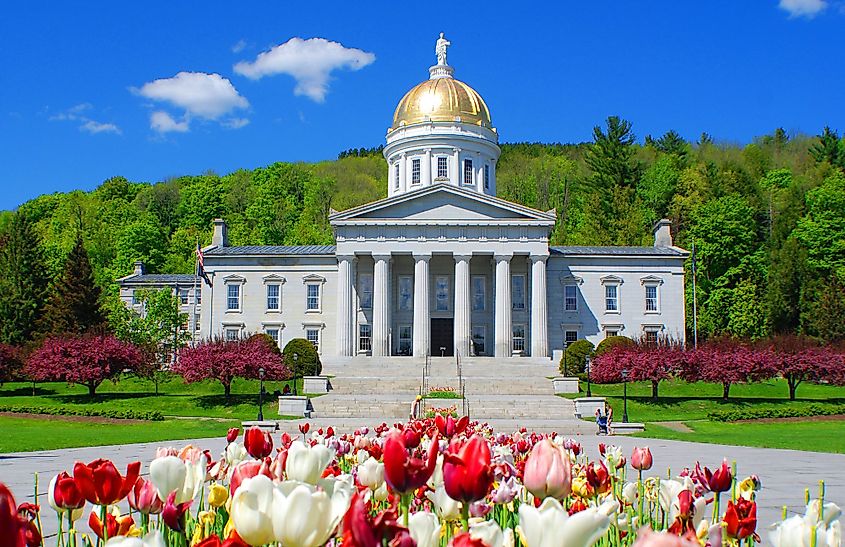
Being the capital city of the US State of Vermont, the city of Montpelier houses the Vermont State House and various federal offices. Some of the prominent institutes of higher education such as Vermont College of Fine Arts, New England Culinary Institute, Union Institute & University are located in the city of Montpelier. In addition to this, there are several nature parks in the city, including Hubbard Park, North Branch River Park, Mill Pond Park, etc. At present, additional mountain biking trails have been added in the North Branch River Park that attracts a lot of mountain bikers. Due to its location close to the state’s geographic center, the city of Montpelier is one of the most readily accessible among all the cities and towns of Vermont. Besides the business of the state government, the economy of the city of Montpelier is based on tourism, higher education sectors, and life and fire insurance. The headquarters of many insurance companies are located in the city, and the city’s downtown hosts many museums, shops, art galleries, and local eateries. The city of Montpelier is also the country’s only state capital that does not have a McDonald’s.
Climate Of Montpelier
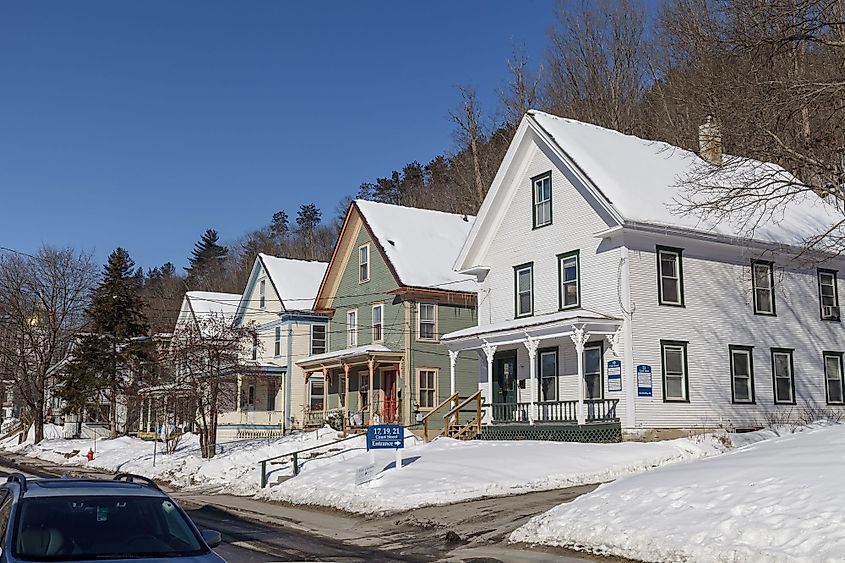
According to the Köppen climate classification, the city of Montpelier experiences a humid continental climate with warm, humid summers, short springs, and autumns, and long, freezingly cold, and snowy winters. The warm season lasts from May to September, and July is the hottest month, with the average temperature ranging between 25.5°C to 15°C. The cold season lasts from December to March, and January is the coldest month, with the average temperature ranging between -11.6°C to -2.7°C. The city receives an average annual snowfall of 2.39m.
Population In Montpelier
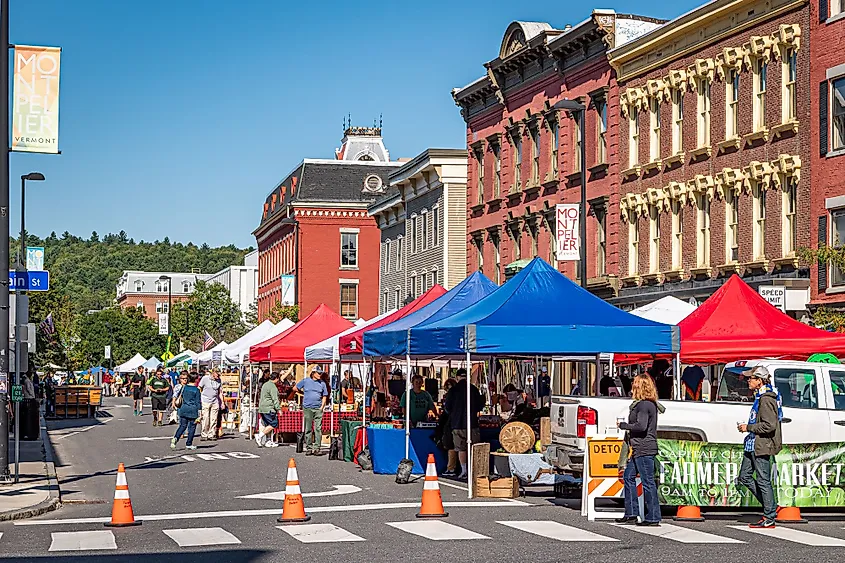
As per the 2020 census, about 8,074 people live in the city of Montpelier. The city’s population has increased from the 2010 census, which showed that the city was home to 7,855 people. The city has a population density of 300 inhabitants per sq. km. About 94.3% of the city’s population is considered White, of whom most are non-Hispanic. The Hispanic group accounts for 2.3% of the city’s population, African Americans at 1.6%, Asians at 1.5%, and 2.4% from two or more races. The American Community Survey also revealed that there are about 3,668 households in the city, with a median household income of $65,078 and a per capita income of $42,496.
Brief History Of Montpelier
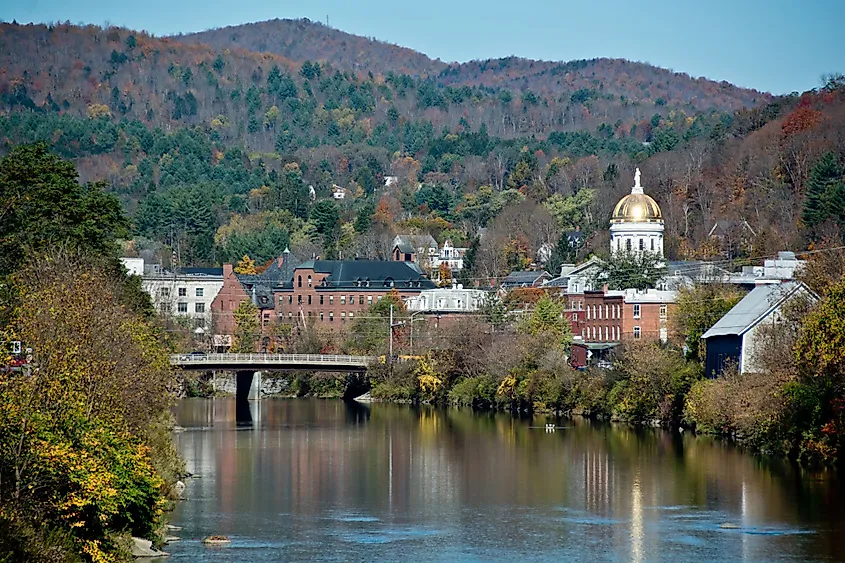
The flats and meadows of the Winooski River were known to the indigenous people for their corn-producing capacities. Also, the area’s location close to the confluence of several streams allowed the early inhabitants favorable opportunities for fishing, hunting, and trading. Archaeological excavations have also revealed several native mounds, tombstones, and other memorials of the early inhabitants in the area. The European settlers began arriving in the area between 1600 and 1800. According to many sources, the area’s entire Native American population was decimated entirely due to several factors like war, diseases, and dispersal. The Town of Montpelier was granted municipal powers on August 14, 1781. In May 1787, the first permanent settlement was established along the North Branch of the Winooski River, after Colonel Jacob Davis along with General Parley Davis arrived in the area from the town of Charlton in Massachusetts and Colonel Davis named the area as “Montpelier” after the French city of Montpellier. The settlement grew, and within four years, the population had increased to 117 inhabitants. In 1818, Montpelier was incorporated as a village, and in 1895, Montpelier was incorporated as a city. Due to its central location and easy accessibility, the city of Montpelier in 1805 was selected as the State Capital and the permanent site for the State Legislature. The Central Vermont Railway was opened on June 20, 1849, and since then, Montpelier started developing as a manufacturing hub. At present, the city serves as one of the most popular tourist destinations.
